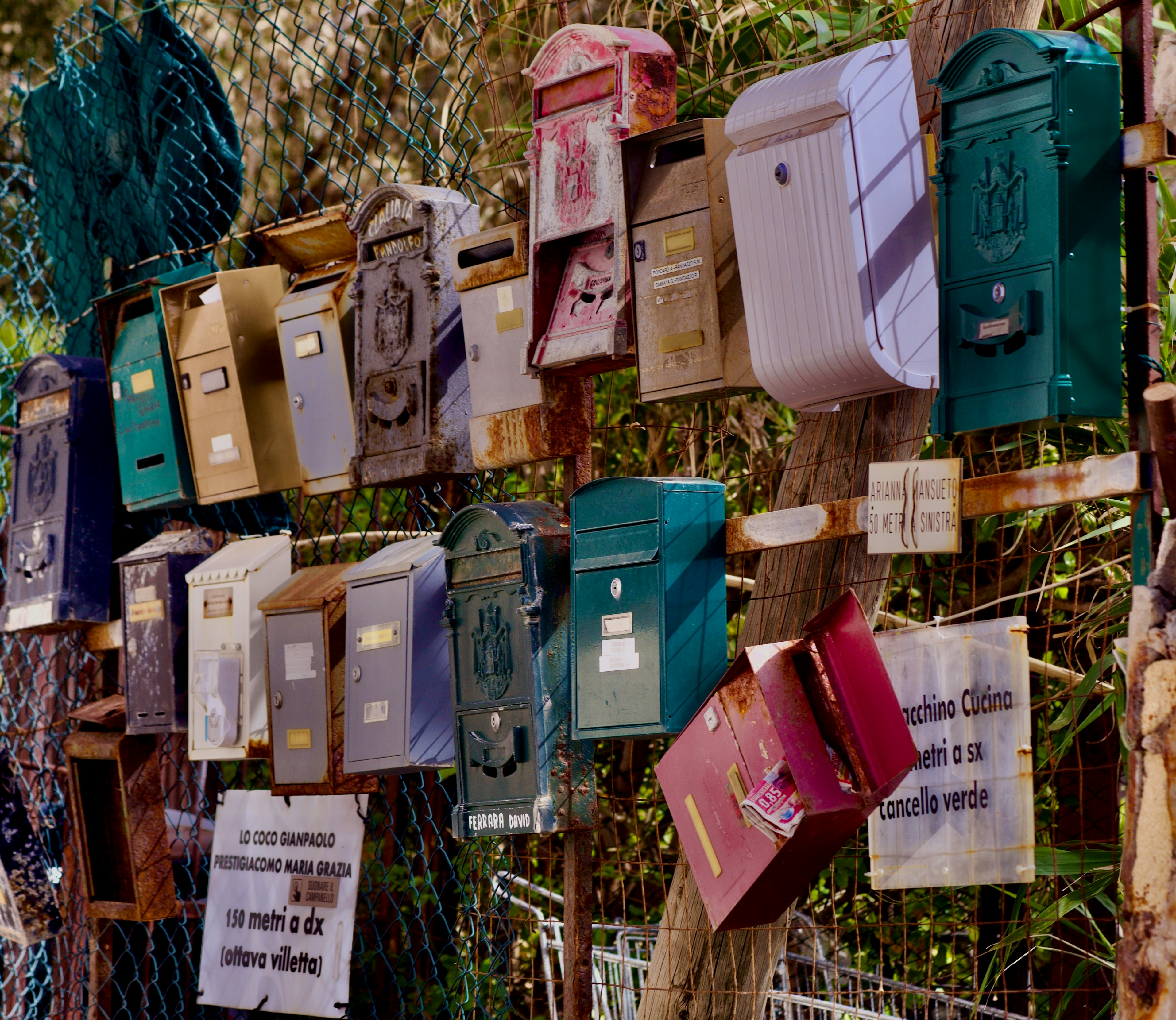
A guide to identifying key factors for success
A guide to identifying key factors for success
As a partner of the SPACHE project, Sport and Citizenship produced a handbook highlighting the benefits from projects that combine “sport” and “culture” and presenting a series of recommendations for decision-makers. Introduction from Eva Jacomet, project manager at the Think Tank.
 Our work stemmed from the SPACHE pilot programmes and the IRS impact report. We identified various benefits from schemes combining sport and physical activities with cultural activities, and also possible obstacles, sometimes shared or, conversely, specific to the context of each project.
Our work stemmed from the SPACHE pilot programmes and the IRS impact report. We identified various benefits from schemes combining sport and physical activities with cultural activities, and also possible obstacles, sometimes shared or, conversely, specific to the context of each project.
Combining the discovery of a natural or cultural heritage with physical activities can lead to the development of local tourism, which has economic benefits when private stakeholders are involved. Another advantage now that the natural heritage is severely affected by climate change is that these activities can make people aware of the need to preserve these environments. This was the case in Gargnano. The same is true when it comes to heritage resources, tangible or intangible. Organising sport events in places usually devoted to culture helps to make this heritage known and also to conserve it.
These activities also serve to improve access to culture for new groups of people. The “A Linho na Escola” activity developed in Guimarães taught young people about traditional linen weaving. It provides a new way to discover and participate in the cultural heritage of the region. Sport here acts as a bridge to ancestral cultural traditions. More broadly, linking “Sport” and “Culture” widens the horizon of sport and physical activities. It reaches people who do no or very little sport. This helps to demystify sport, to democratise it, with cultural discovery playing a motivating role.
The SPACHE experience enabled us to make recommendations to help people involved in developing similar schemes, in four main areas:
- To develop tailor-made communication kits and ensure multi-channel communication.
- To work together involving the public, private and voluntary sectors.
- To guarantee access to the activities for everyone and adapt them to different communities.
- To include activities combining “sport” and “culture” at big sporting or cultural events.
Published at the beginning of June, this guide brings together what was learnt from the project and makes key points available to stakeholders in an easy-to-use manual. It can also be used as an advocacy tool with decision-makers at the European, national and local level, because their commitment is vital to ensure the development of similar activities.
Sport et Citoyenneté n°55 : Promouvoir le sport et l’activité physique par la culture

